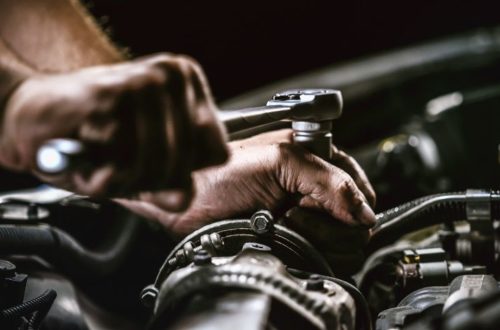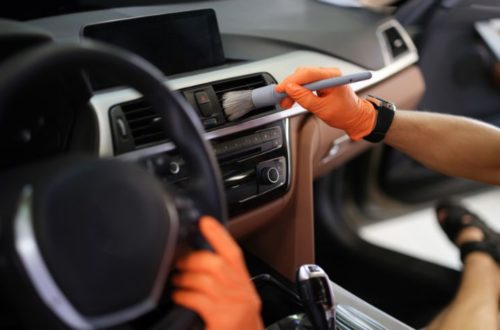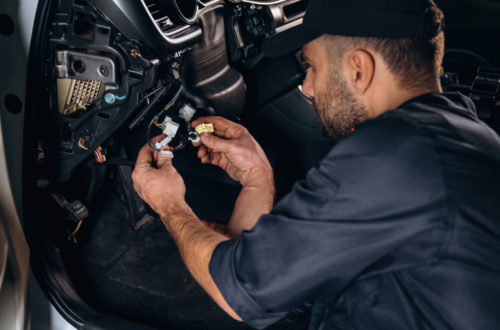What’s Happening When Your Power Steering Goes Out

You’re cruising along, enjoying your drive, when suddenly turning the steering wheel feels like you’ve started an unexpected arm workout. If you’ve ever found yourself wrestling with your car just to make a simple turn, then you know the experience of a power steering failure. It’s a jarring situation, but understanding what’s happening can help you handle it safely and effectively.
Here’s a surface level look at what’s happening when your power steering goes out. You’ll need a mechanic for full diagnosis and solutions.
A Little About Power Steering
Before we cover what happens when it fails, let’s quickly go over what power steering actually does. Essentially, it’s a system that helps you turn your car’s wheels with less effort. It uses hydraulic pressure or an electric motor to multiply the force you apply to the steering wheel. This makes maneuvering your car, especially at low speeds or when parking, much easier.
Think of it as a helpful friend, giving you a boost every time you need to turn. The types of steering systems explained by mechanics generally fall into two categories: hydraulic, which uses fluid, and electric, which uses a motor.
Your Power Steering Just Gave Up: Now What?
When your power steering system fails, that helpful friend suddenly takes a coffee break. The immediate and most noticeable effect is that the steering wheel becomes incredibly difficult to turn. It might feel like the wheel is moving in slow motion with a weight attached to it—it requires your muscles to turn the full weight of the car.
What To Expect When It Fails
- Increased Steering Effort: Turning the wheel will feel heavy, similar to driving an older car without power steering. This is most obvious at low speeds, like when you’re navigating a parking lot or making a sharp turn.
- Slower Response: Your car won’t respond as quickly to your steering inputs. You’ll need to anticipate your turns earlier and use more physical force to get the car to go where you want it.
- Warning Lights: Modern cars will alert you with a warning light on your dashboard, often shaped like a steering wheel. This is your car’s way of screaming for help, signaling that you must use both hands.
Common Culprits of Power Steering Failure
Several issues cause your power steering to fail. A common reason, especially in hydraulic systems, is low power steering fluid due to a leak. An old or broken serpentine belt, which powers the hydraulic pump, can also be the problem. In electric systems, a blown fuse or a faulty motor is often the cause.
What To Do When Your Power Steering Fails
If you find yourself in this situation, don’t panic. You can still control the car.
- Grip the Wheel Firmly: Use both hands to get a solid grip on the steering wheel.
- Pull Over Safely: Find a safe spot to pull over. Signal your intention early and use your strength to guide the vehicle to the side of the road.
- Call for a Tow: Continuing to drive without power steering is dangerous, especially in city traffic or on winding roads. It’s best to call for professional help.
Preventing power steering failure often comes down to regular maintenance. Periodically check your power steering fluid level and look for any signs of leaks. During regular service appointments, ask your mechanic to inspect the belts and hoses connected to the system.
A little prevention can save you from a lot of muscle strain and a potentially dangerous situation down the road. What’s happening when your power steering goes out isn’t always a 911, but it is a solid arm workout and a cry for help under the hood.
Would you like to receive similar articles by email?





